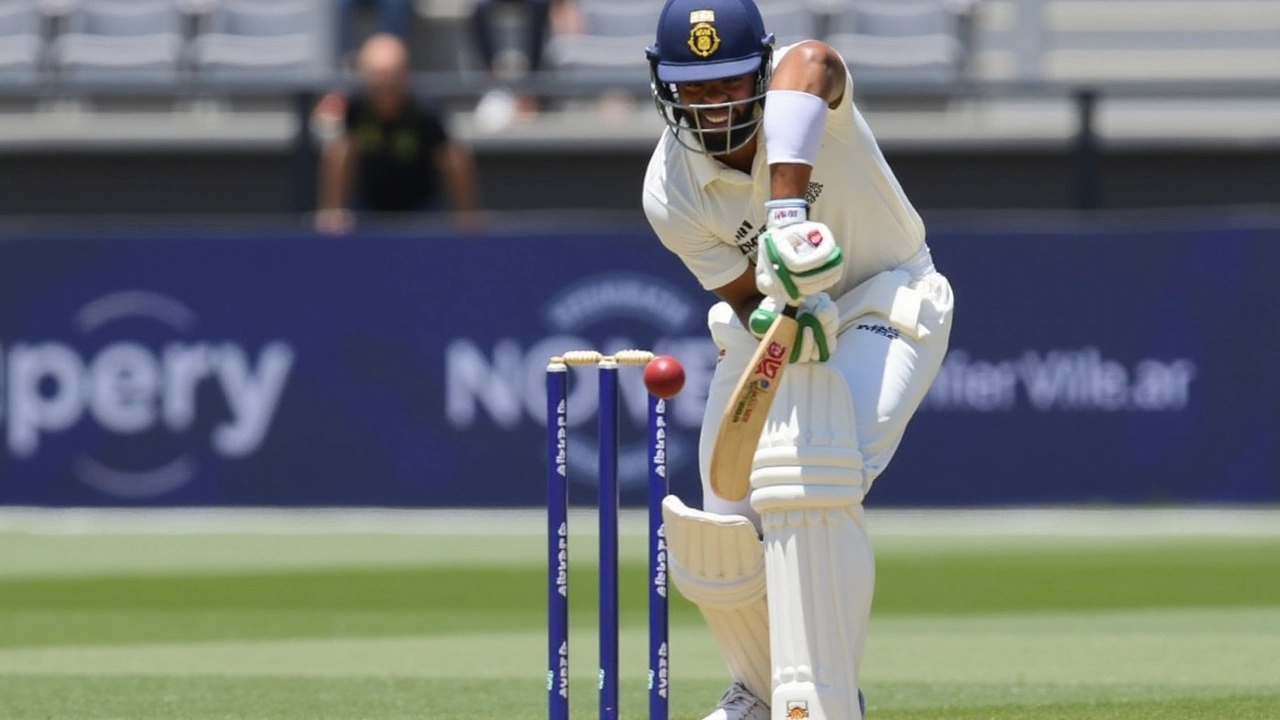DRS Decision: What It Means for Fans and Players
Ever watched a cricket match and wondered why the umpire checks a screen before giving a call? That’s the DRS – the Decision Review System. It’s the tool that lets teams challenge a decision and lets technology step in to clear things up. In this guide we’ll break down how it works, when you can use it, and what the most talked‑about moments have been.
How DRS Works in Simple Steps
When a bowler thinks the batsman is out, or a fielder claims a catch, the on‑field umpire makes a call. If the fielding side thinks it’s wrong, they can press the review button. The ball then goes to the TV umpire who checks three main tools: Hawk‑Eye for the ball’s path, UltraEdge (or Snickometer) for faint sounds, and Hotspot for heat‑signatures on the bat. The TV umpire looks at the replay, then sends a clear “out” or “not out” back to the ground.
Each team gets a limited number of reviews – usually two per innings in Tests and one per innings in limited‑overs games. If the review is successful, the team keeps the review; if not, they lose one. This rule keeps teams from abusing the system while still giving them a chance to fix real mistakes.
Common Controversies and How Fans React
Even with tech, DRS can spark heated debates. A classic case is when the ball barely grazes the bat – UltraEdge shows a tiny spike that looks like a nick, but the on‑field umpire called not out. Fans argue about the “margin of error” and whether the technology is too sensitive. Another hot topic is the “Umpire’s Call” rule, where if the ball is just on the edge of being out, the original on‑field decision stands. Some think this protects the umpire’s authority; others see it as a loophole.
Social media fans love sharing slow‑motion clips and pointing out where they think the review should have gone the other way. Those moments often become viral, because they show how a single DRS decision can change the flow of a match – turning a losing team into a winner or vice‑versa.
So, why does all this matter to you? Knowing the DRS process helps you follow the game better. When you see a review, you’ll understand why the crowd holds its breath, why the commentators explain the tech, and why the final decision feels so final.
In practice, the DRS has improved accuracy a lot. Studies show that about 90% of decisions reviewed are confirmed correct, which means fewer wrong calls go unchallenged. That’s good news for players who want a fair game and for fans who want a fair outcome.
But remember, the system isn’t perfect. Weather can affect the camera angles, and the technology can sometimes miss a faint edge. That’s why the human eye still matters – umpires still make the final call after seeing the replay.
Next time you watch a match, keep an eye on the review count and the tools being used. Spot a ball turning sharply? That’s likely Hawk‑Eye. Hear a faint “snick”? That’s UltraEdge. Understanding these cues will make the game more exciting and keep you in the conversation when friends debate a controversial DRS decision.
Bottom line: DRS is the bridge between human judgment and technology. It gives teams a safety net, makes games fairer, and creates plenty of talking points for fans. Whether you love the drama of a successful review or hate the “Umpire’s Call,” it’s clear that DRS decisions are here to stay and will keep shaping cricket for years to come.
